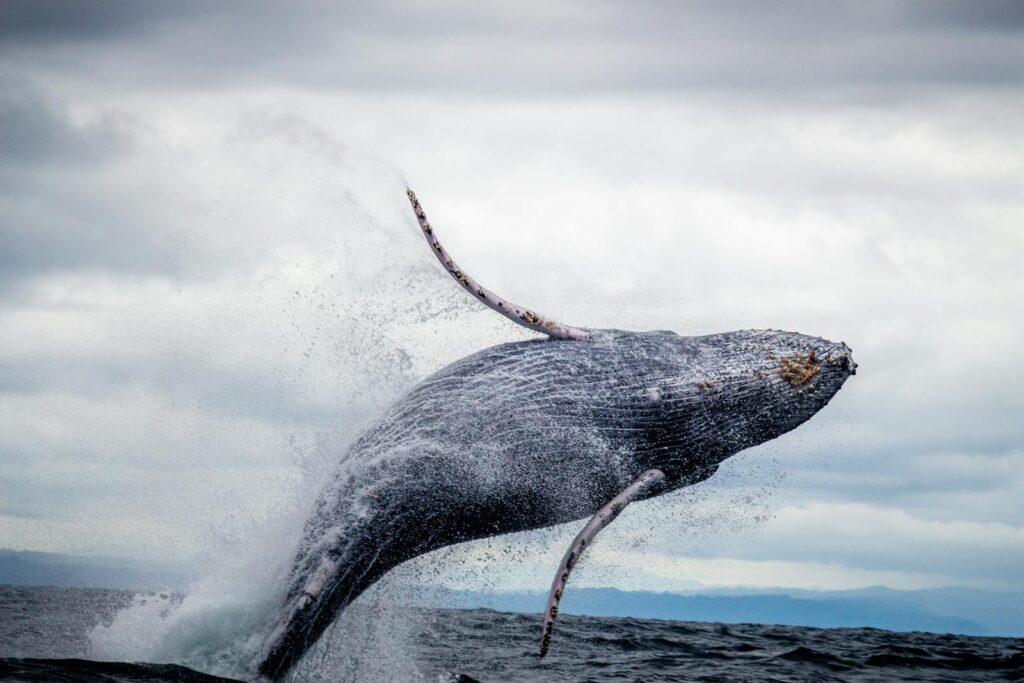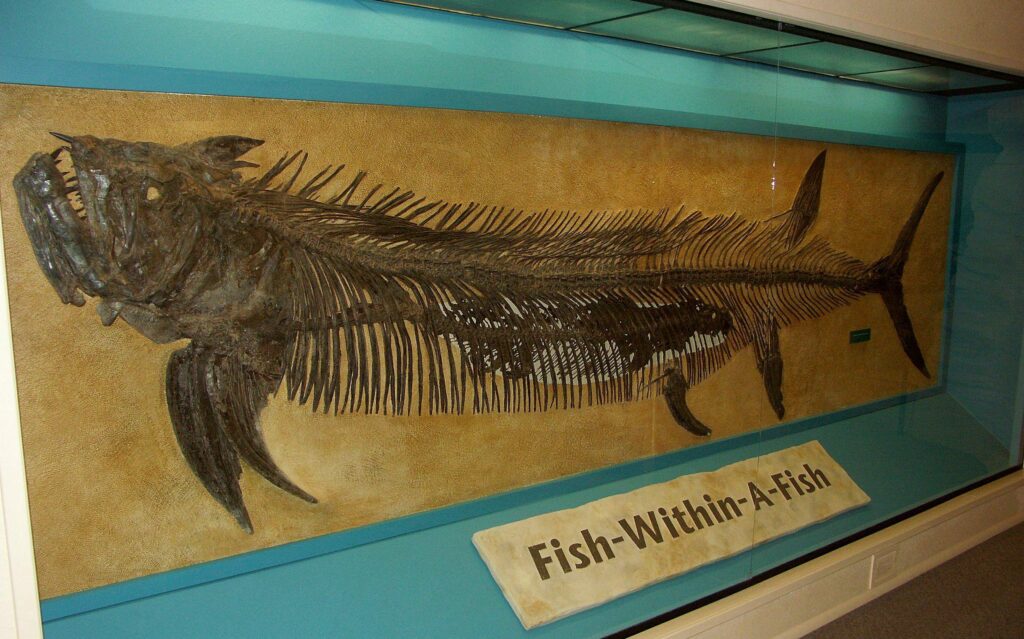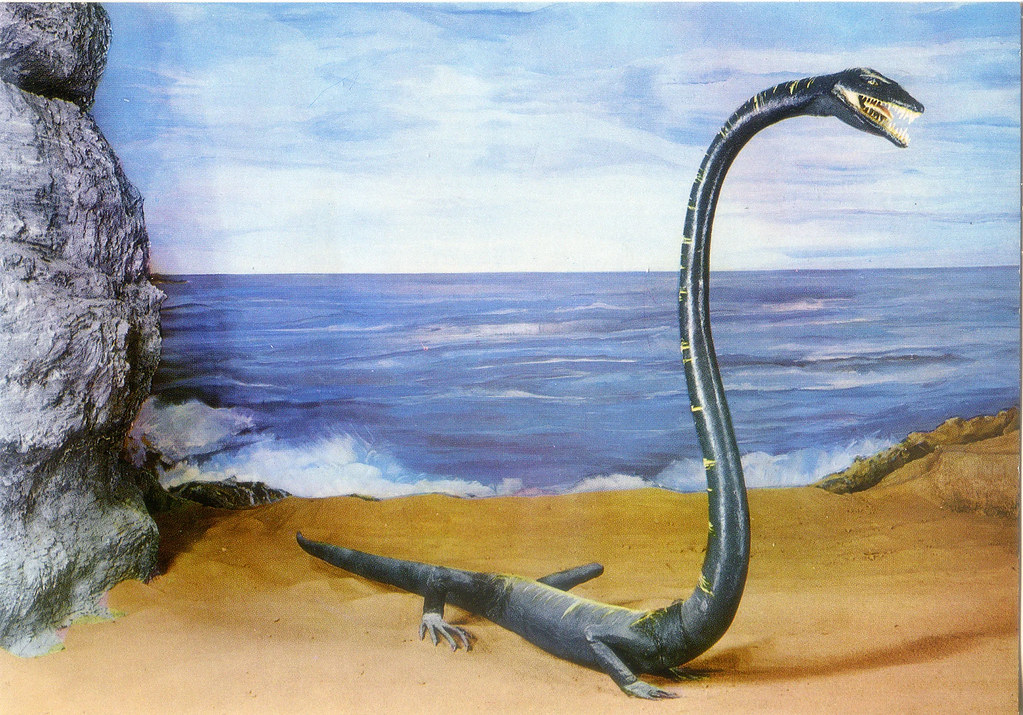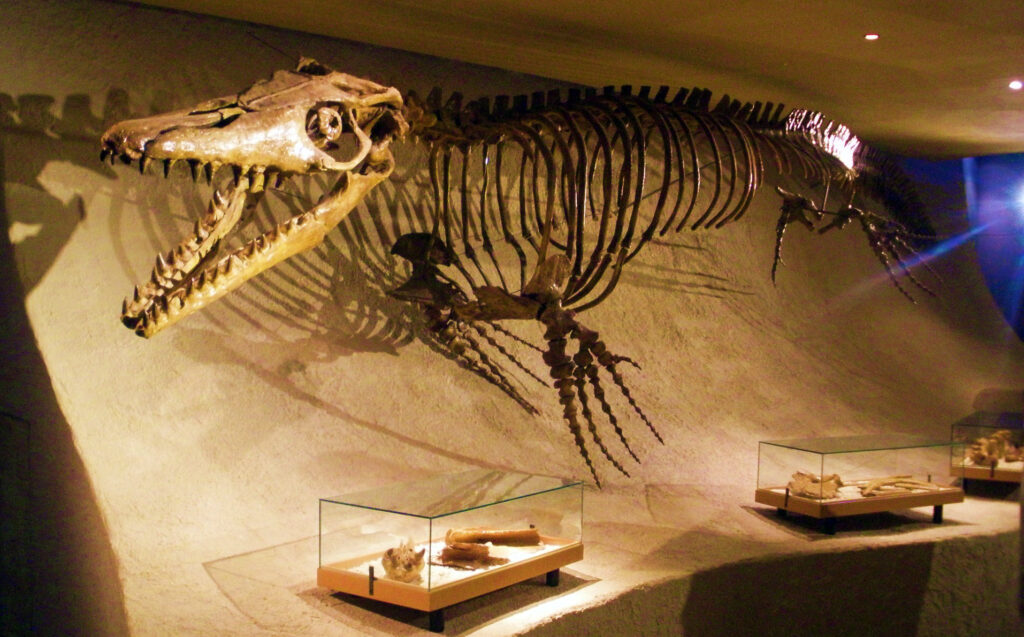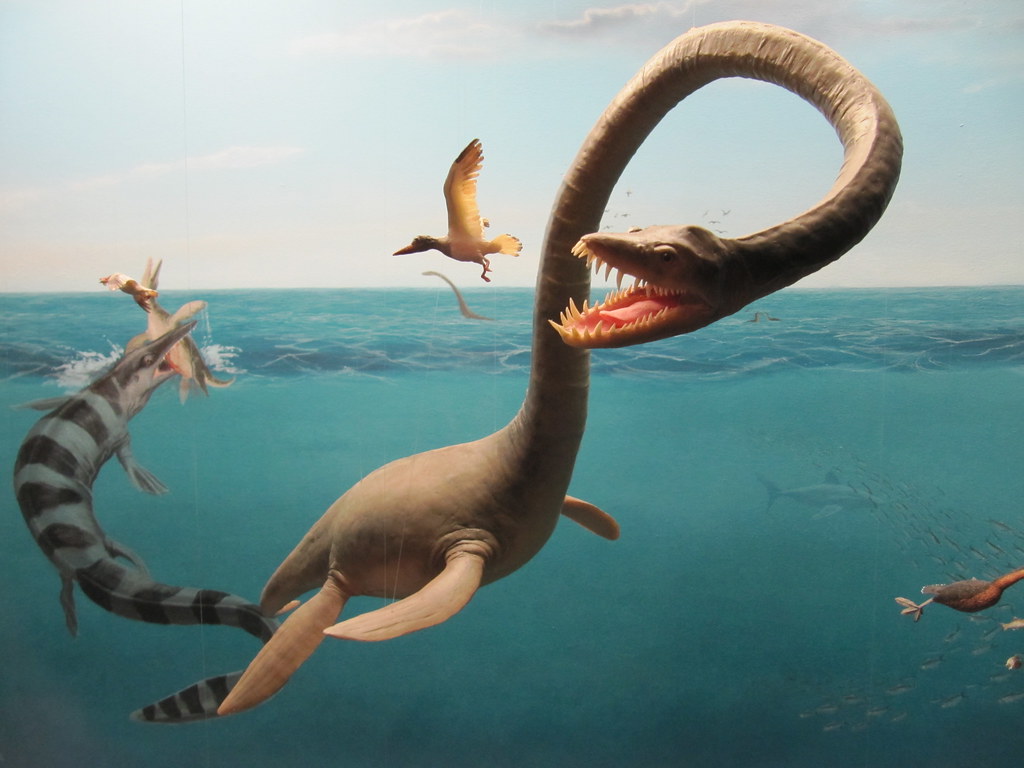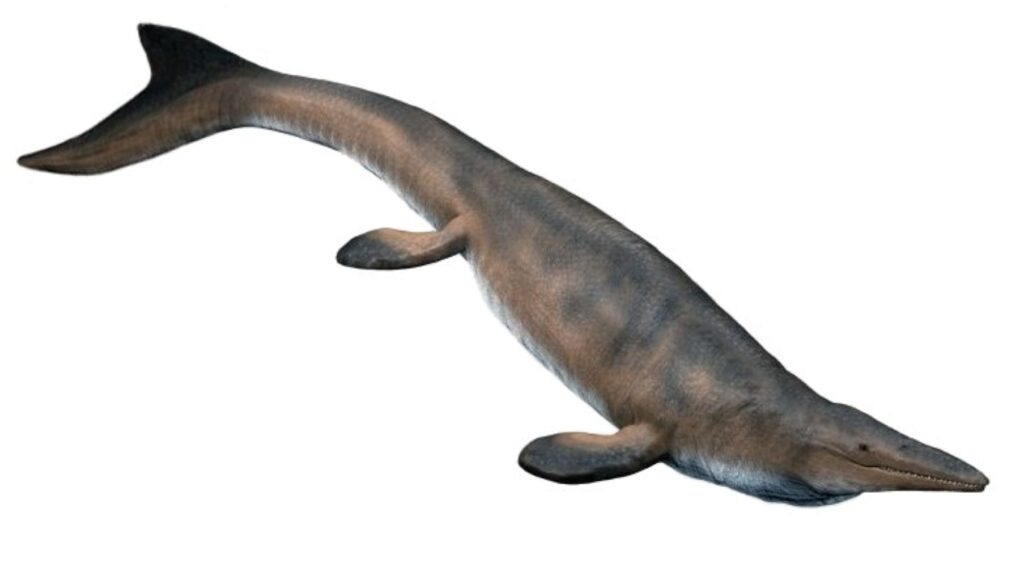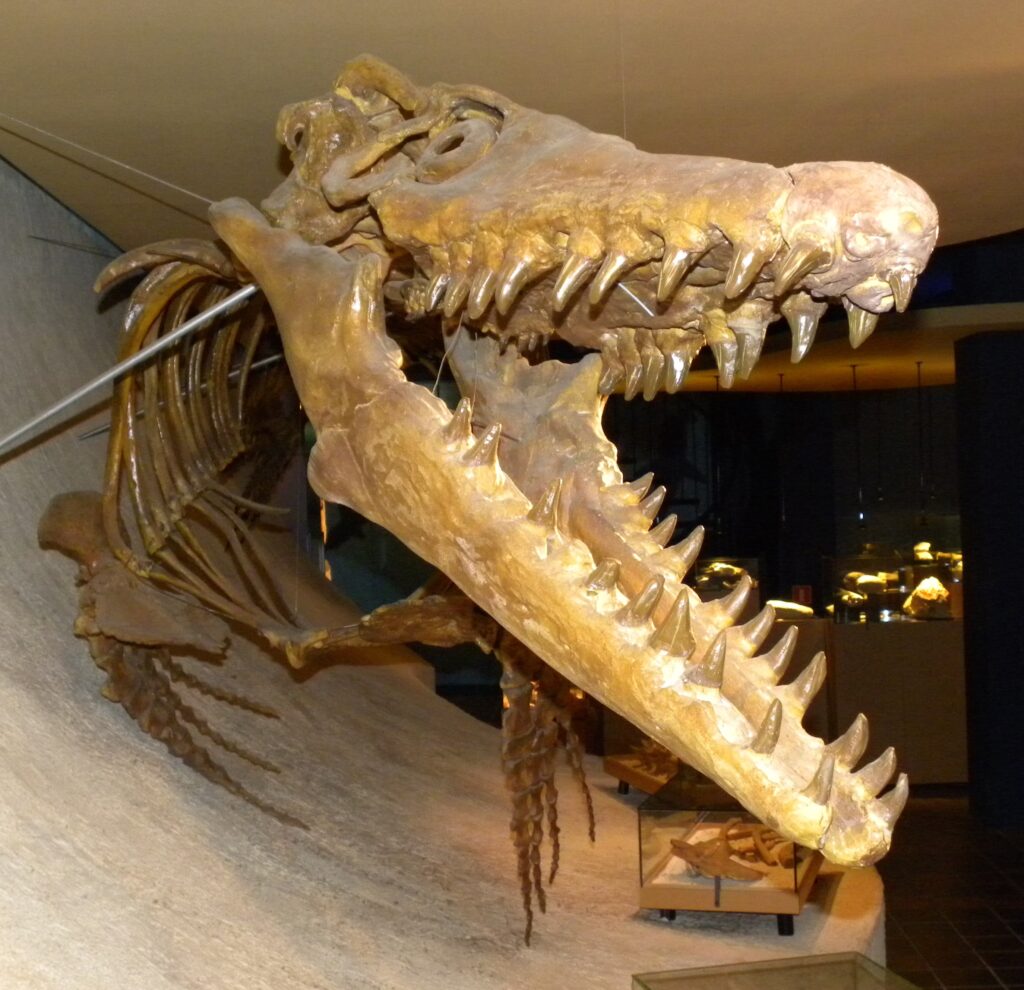The Ocean Titan: How the Blue Whale Became the Largest Animal Ever
Imagine a creature so massive that its heart alone weighs as much as a small car, and its tongue could hold an entire elephant. This isn’t science fiction or fantasy – this is the reality of the blue whale, a living giant that has earned its place as the largest animal to have ever existed ...

